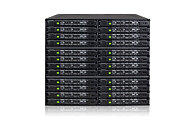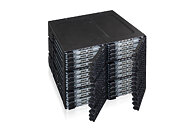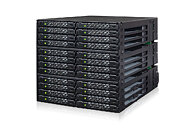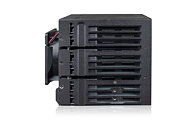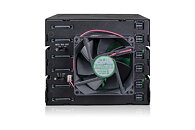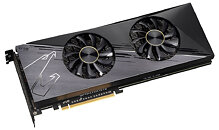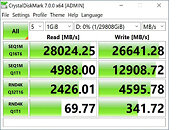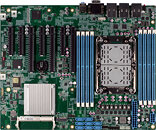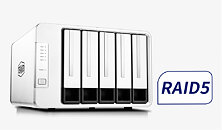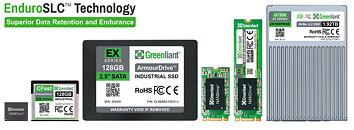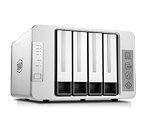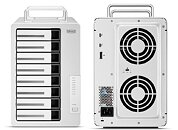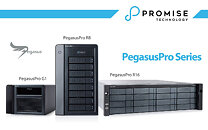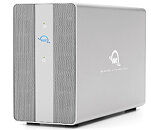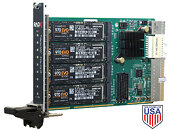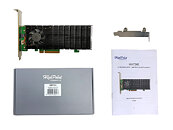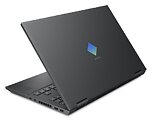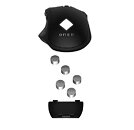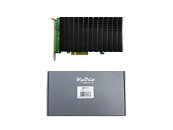
GIGABYTE Announces a Unique Server Solution to RAID Drawbacks with GRAID SupremeRAID
GIGABYTE Technology, an industry leader in high-performance servers and workstations, today announced a new server, GIGABYTE R282-Z9G, that gets around hardware and software RAID limitations that bottleneck RAID when used with NVMe SSDs. Continuing in the success of the R282 series, the new SKU was designed to house an all-in-one server solution that specifically targets high performance NVMe (Gen4) SSDs for RAID by incorporating the GRAID SupremeRAID solution into the R282-Z9G. This is the first GIGABYTE server to incorporate a GRAID Technology solution and has proven to be highly successful with Kioxia CM6-R SSDs.
More and more companies are using flash storage and doing so on a larger scale; however, there may be pitfalls when using RAID, such as limitations in computing performance or consuming a large amount of CPU resources. To solve these problems and to do so with a large amount of drives, the GRAID SupremeRAID works by installing a virtual NVMe controller on the OS while integrating a PCIe device for high performance. With this GIGABYTE solution over 100 GB/s of throughput is possible for workloads in HPC, 4K/8K video editing, high-frequency trading, online transaction processing, or database processing.
More and more companies are using flash storage and doing so on a larger scale; however, there may be pitfalls when using RAID, such as limitations in computing performance or consuming a large amount of CPU resources. To solve these problems and to do so with a large amount of drives, the GRAID SupremeRAID works by installing a virtual NVMe controller on the OS while integrating a PCIe device for high performance. With this GIGABYTE solution over 100 GB/s of throughput is possible for workloads in HPC, 4K/8K video editing, high-frequency trading, online transaction processing, or database processing.








